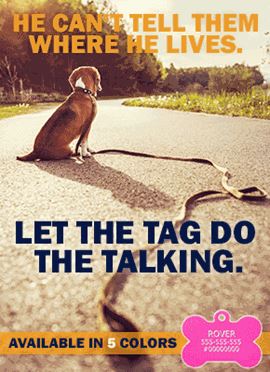
Dog Owner Diaries: Diarrhea, Vomiting, and Vet Trips...Oh My!
When a dog gets sick, it can be pretty scary. But not every situation requires an expensive vet visit. Sometimes the problem is minor and can be fixed at home. In this edition of Dog Owners Diaries, we’ll cover two common health concerns that you will inevitably face, if you haven’t already, as a dog owner.
Diarrhea
We’ve all been there. You come home after a long day of work and just want to sit on the couch, kick off your shoes, and watch Gilmore Girls reruns (I won’t judge if you don’t) while curling up next to your pup.
But then you open the door, and you smell it—that unmistakable aroma of poop.
At first, you’re mad. You might yell out, “Thor!” (especially if you have a dog named Thor).
Then you see it. It’s everywhere, and suddenly that anger turns to concern. You clean it up, but now what?
If you are like most people, you go to Google and search “what to do when my dog has diarrhea,” which is also most likely how you ended up here.
So without further ado, here’s a simple list for when that happens:
Clean. Disinfect the place where the dog defecated. Make sure to disinfect the dog’s own area as well. I like to keep my dogs in the bathroom while I do this so they don’t lick or smell any of the cleaning solutions.
Replace Water. Replace the water, make sure the bowl is clean and the water is clean as well. Keeping your sick dog hydrated is very important, so make sure they have access to plenty of clean water.
Fast. Giving your dog’s GI tract a break will help clear out whatever set it off in the first place. Feed your dog boiled white rice in the rice water in place of their normal meal. I like to add some sodium-free chicken broth to ensure that my dogs will eat it. You could also boil boneless, skinless chicken and mix that in with the rice.
Watch. Watch for any other symptoms. Check their stool for any blood, check for signs of abdominal pain, and look out for increased lethargy. It will be normal for your dog to be a little lazy with an upset stomach, but watch for an increased level of laziness.
If the diarrhea symptoms don’t clear up after 24 hours, consult your vet. If your dog shows any other symptoms (abdominal pain, bloody stool, extreme lethargy), consult your vet ASAP.
Diarrhea is usually not a big deal for your pup. Chances are they got into something they shouldn’t have, and with these easy steps it’ll pass quickly.
Vomiting
Sometimes your dog just throws up for no apparent reason, looks at you, and then walks off like nothing happened.
Other times, he might counter surf like Johnny Tsunami and eat your double-bacon PB&J burger, and then proceed to barf up your meal, leaving you with nothing but Top Ramen and a mess (thanks, Freyja).
Vomiting and regurgitation can be a serious issue, but sometimes it’s just a case of a queasy stomach. Here are two things to look for if (and when) vomiting happens:
Frequency. Was this just random happenstance? Or is your dog vomiting multiple times? Sometimes a dog will get into something he or she isn’t supposed to eat and expel it once, twice, or even maybe three times before it’s gone. If there’s not a lot of vomit in this short period of time, everything should be okay. Consult your vet if vomiting is reoccurring.
Vomiting or Regurgitation. Could it be that your pup isn’t vomiting, but just regurgitating? Sometime a dog will eat too fast or swallow a bit of a toy and expel what they swallowed. You can tell if it’s regurgitation by the shape. If what comes out retains a cylindrical shape (from the esophagus), that means your doggo didn’t start the digestive process and probably had a hard time swallowing.
If your pup’s stomach is upset, you can follow the same procedures as you would with diarrhea. If regurgitation of food after feeding happens often, you may want to look into getting a slow feeder so your dog doesn’t woof down the food too fast (or serve the kibble in a muffin tin so your dog can’t wolf it down).
Watch out for continuous vomiting, vomiting blood, fevers, and lethargy. It’s best to play it safe and call your vet to get his or her opinion as well.
The best way to prevent most of these symptoms is to keep items that your dog isn’t supposed to eat out of reach. Cover trash bins, keep food products out of reach, and store shoes and clothes behind closed doors. But, we all know that somehow your sneaky little pup will eventually get into something, so keep this article bookmarked for when it does happen












